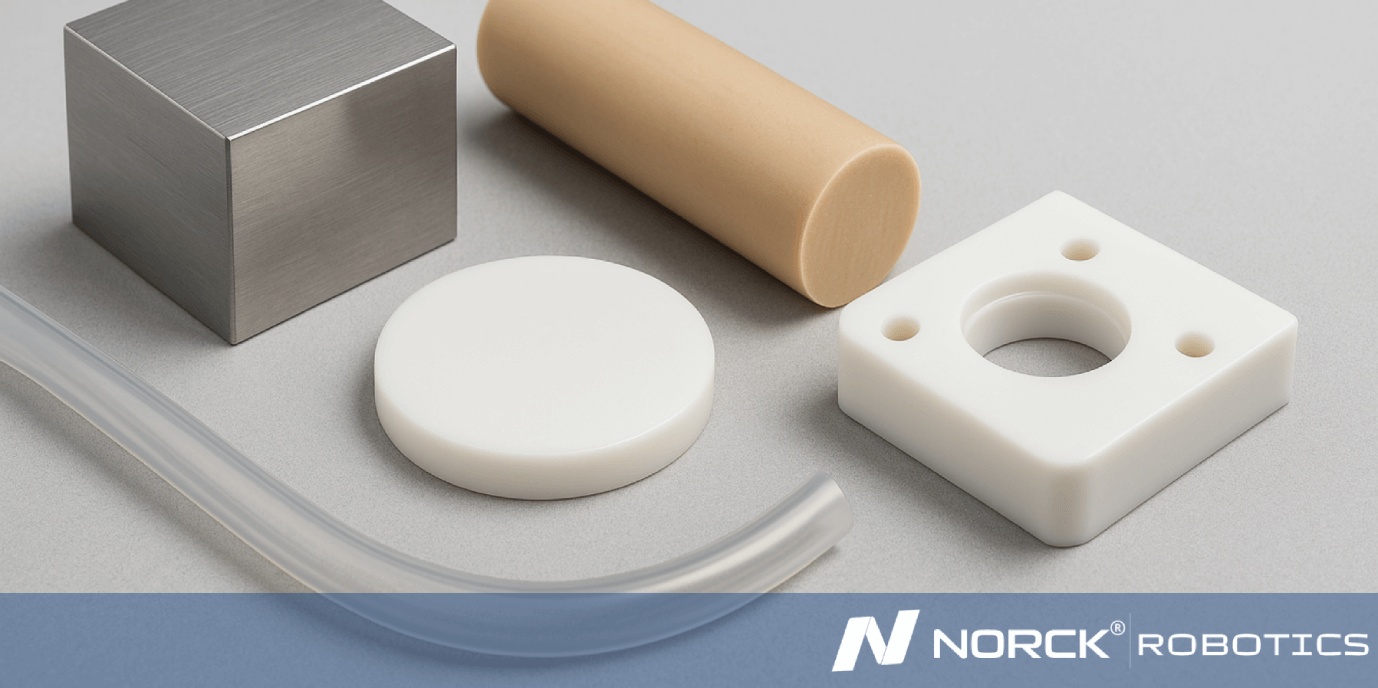
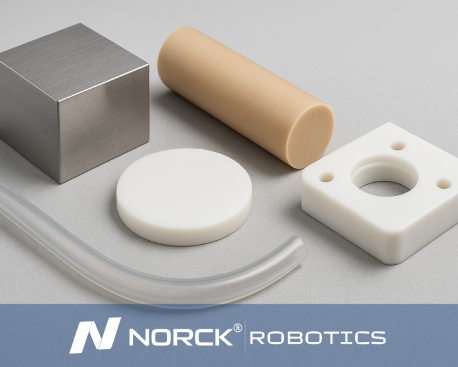
Detail: Components used in lab automation often need to be made from materials resistant to common laboratory chemicals and solvents (e.g., stainless steel, PEEK, PTFE, POM). Surfaces should also be smooth and easily cleanable to prevent contamination.
Ready to automate your future? Get a quote from Norck Robotics now!
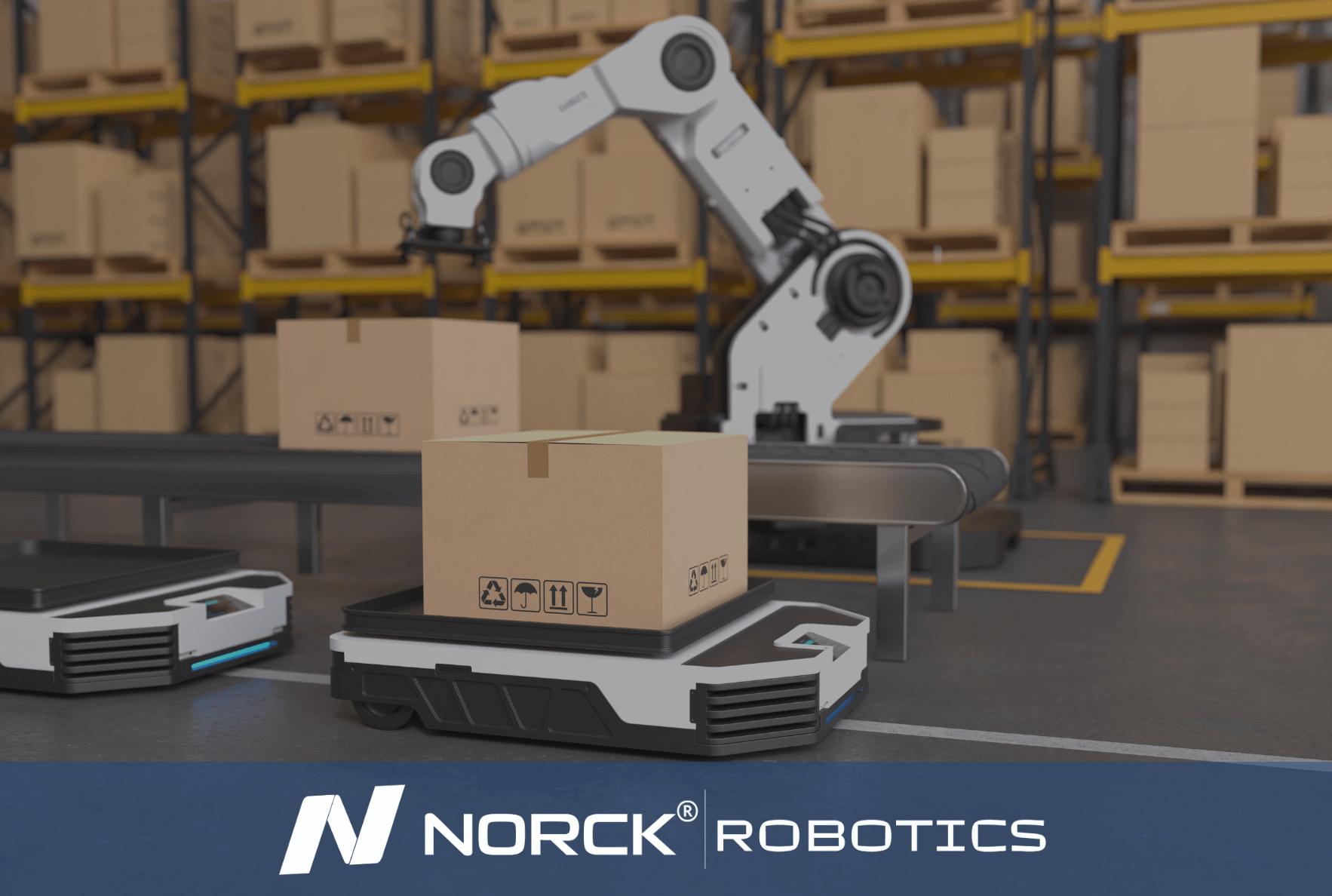
Norck Robotics specializes in providing unique robotic automation and engineering solutions designed to meet the specific operational needs of each client. Our expertise covers a wide range of industries and applications.
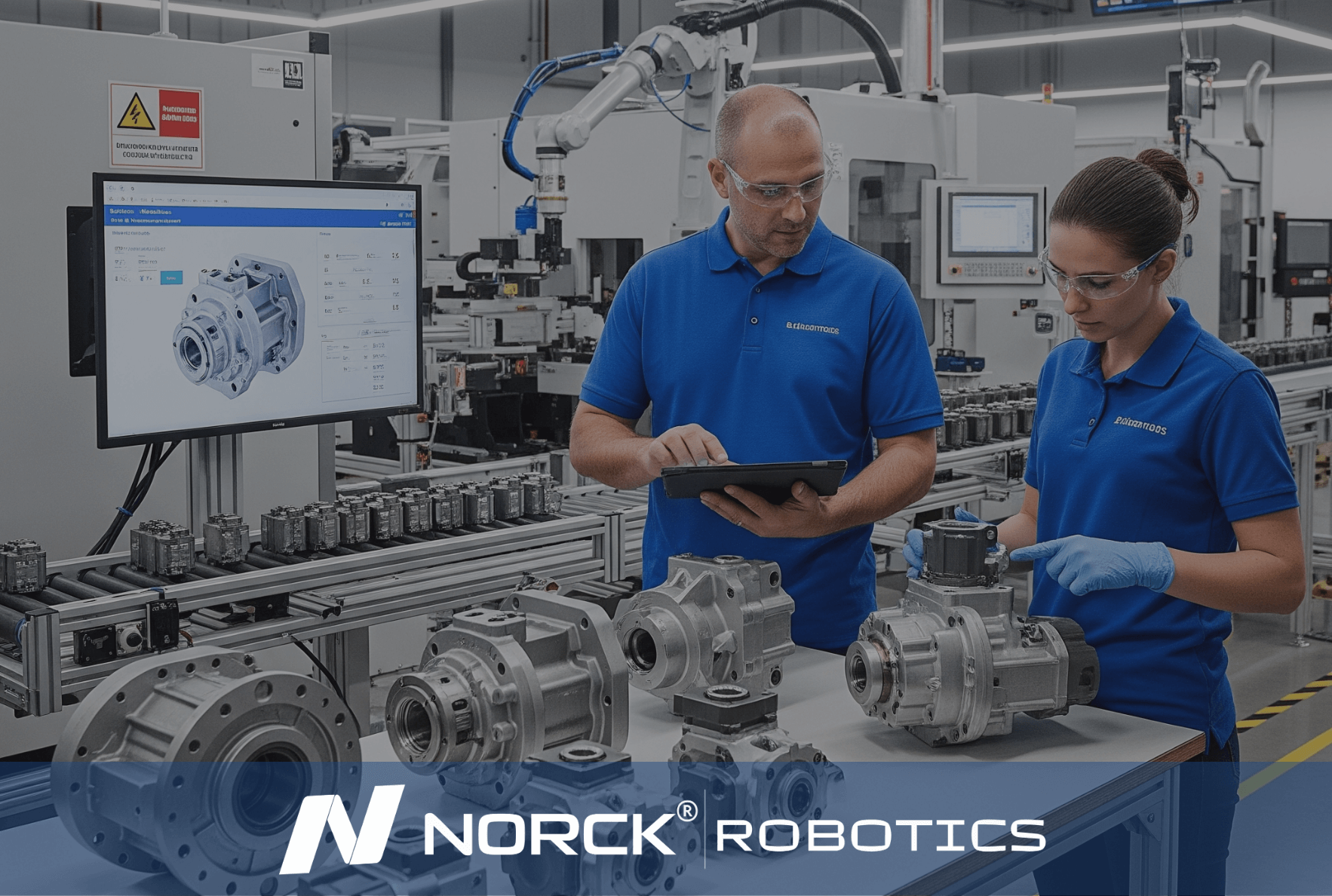
Norck Robotics delivers turnkey robotic automation and engineering solutions tailored to your specific needs across various industries.

Whether you need a single robotic cell prototype or full-scale factory automation, Norck Robotics engineers are ready to collaborate with you to bring your concept to life.

Norck Robotics engineers analyze your existing processes to provide feedback that enhances efficiency, cost-effectiveness, and productivity for robotic integration.
Chemical resistance is a very important factor for lab automation - the fact is that almost all automation equipment is exposed to harsh chemicals, reagents, and solvents in one way or another during testing and analysis. Any material not chemically resistant is either going to break down, corrode, or leach to create contamination in the samples, thus damaging the equipment as well as the results. Strength and performance are maintained in chemically resistant materials, similar to stainless steel, PEEK, PTFE, or POM, even if repeatedly exposed to aggressive materials. The continuous chemical exposure ensures that the part will not degrade; the surface finish and smoothness allow for cleaning while preventing the buildup of residual matter and preventing cross contamination - and this is key to sterilizing and having consistent conditions in sensitive laboratory environments.
Prevents wear-and-tear on materials - Chemically resistant materials will not corrode or break down the material, and therefore preserves the long-term reliability under the aggressive lab environment.
Preserves sample chemistry - Non-reactive surfaces protect against adsorption or other chemical interactions with reagents.
Maintains cleanroom compliance - Smooth surfaces facilitate cleaning and reduce residue buildup and microbial growth for hygiene standards.
In terms of general lab automation, material options with high chemical resistances are crucial to give maximum durability and promote the protection of degradation and contamination of the automation components. Selecting material options with high chemical resistance will give the maximum compatibility with many of the most commonly used lab reagents and cleaning agents typically encountered in lab workflows.
Stainless steel resistant to many acids, bases and solvents; Strong choice for many structural and mechanical components in automation systems.
PEEK (polyetheretherketone) a high-performance plastic with good chemical resistance and thermal stability; Commonly made into liquid handling components.
PTFE (polytetrafluoroethylene) have a very strong resistance to most chemicals and exhibit very low friction; Commonly used to make seals, tubing, and gaskets
POM (polyoxymethylene, or acetal) has good resistance to many organic solvents and bases. Offers good mechanical strength and dimensional stability.
Glass or borosilicate glass is mostly used in analytical devices and equipment because of its good thermal and chemical resistance.

In addition to its own expert engineering team, Norck Robotics provides access to a network of hundreds of top-tier system integrators, robot manufacturers, and component suppliers across the United States, Germany, and Europe.

Working with Norck Robotics reduces dependency on manual labor, increases production consistency, and secures your operations against unforeseen disruptions, quality issues, and fluctuations. This enhances your company's supply chain resilience.
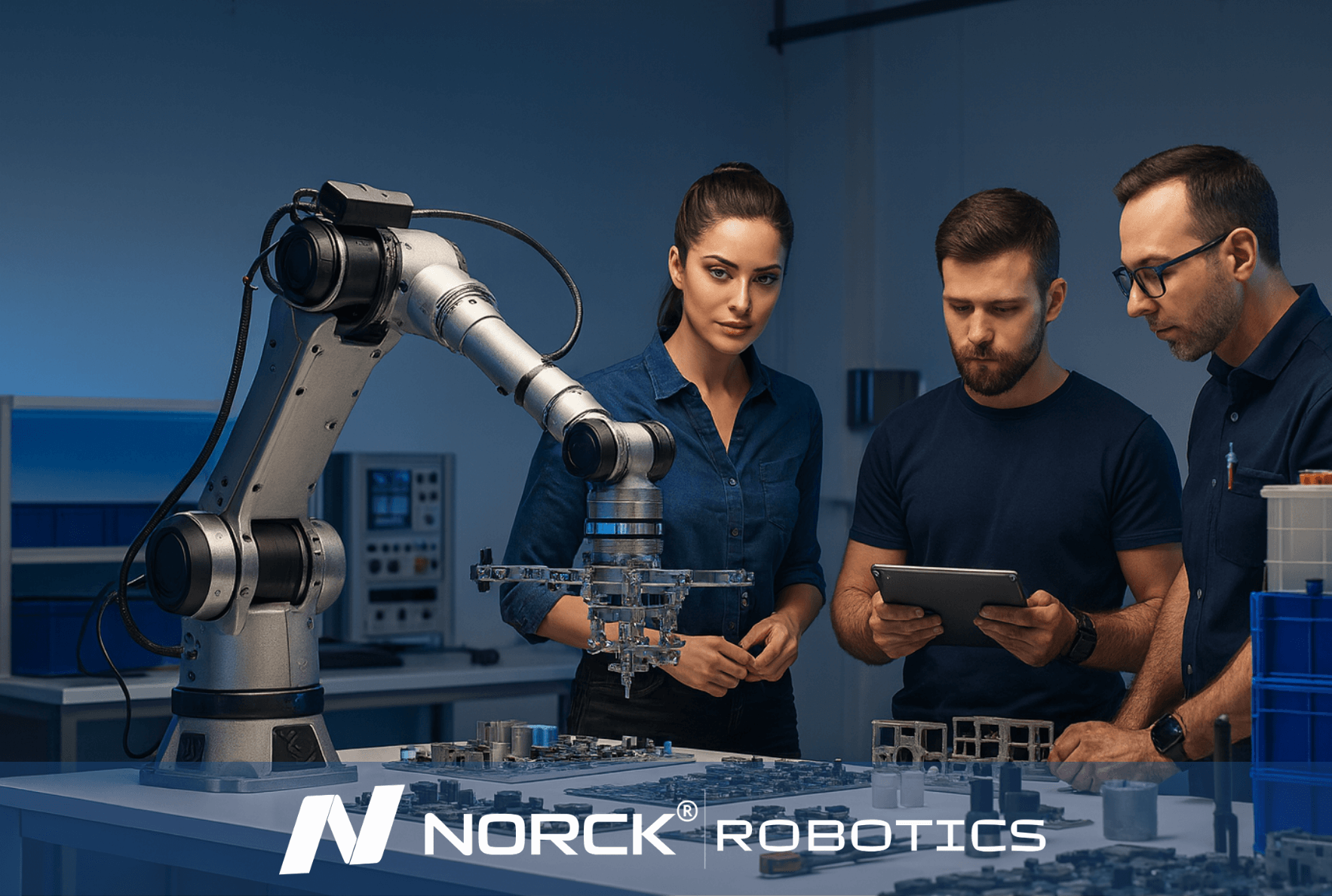
Norck Robotics advances digital automation by developing custom-designed robot grippers, advanced vision systems, and innovative simulation software. With an AI-driven, data-centric approach, it enables smarter system design, optimal performance, and predictive maintenance solutions.
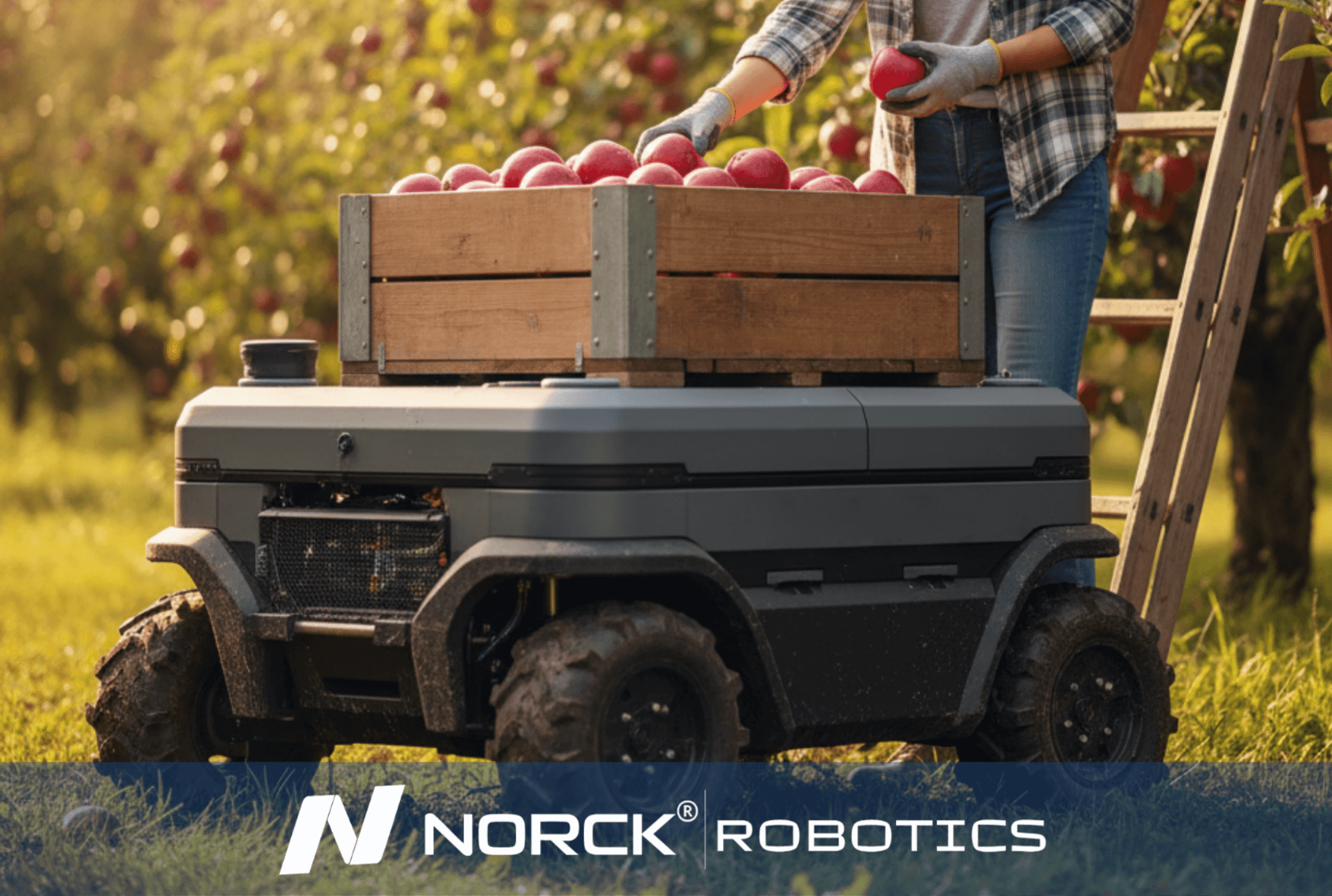
Norck Robotics encourages its partners to be carbon-neutral by reducing energy consumption and material waste through the efficiency of robotic automation, and prioritizes environmentally conscious suppliers.